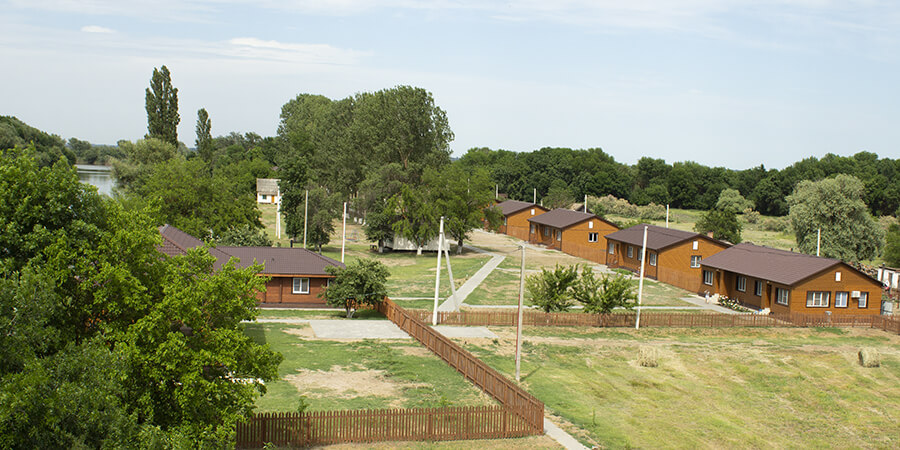Astrakhan Reserve was established in 1919. Its protected status enabled the recovery of many bird species which had nearly completely disappeared by the beginning of the 20th century. A small thicket of lotus found during one of the first expeditions to the Volga delta became the ancestor of extensive fields of this “Pearl of the Caspian” in the delta. Today Astrakhan Reserve is an environmental, scientific and eco-educational organization. Its protected area consists of three sites located in different parts of the delta. Each protected area is one where plants and animals occupy habitats unchanged by human activity. For over 100 years Astrakhan Reserve staff have stood guard over nature and ensured the preservation of the Volga delta’s unique beauty for future generations.

Beginning
In early 20th century Europe ornaments made from bird feathers and skins were fashionable. Back then birds in the Volga delta were exterminated in large numbers. An almost unlimited demand for feathers and skins at high prices ensured hunting would become a big business. In 1903 a French company purchased about 100,000 bird skins in Astrakhan; 1,500 pairs of pelican skins and 3,000 pairs of swan skins were removed in 1907 and sent to the capital and exported abroad (Cecioni, 1910). The graceful marriage plumes of great egrets were very popular, and were used not only in ladies’ hats but also in ornaments for sultans and military uniforms.
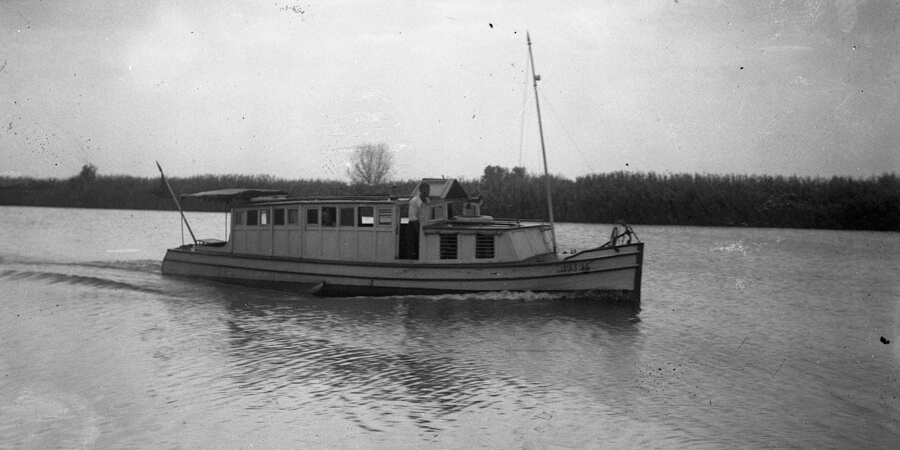
In those days collection of eggs for the soap industry caused significant harm to bird populations. In the early 20th century at least half a million eggs were collected each spring. In addition, the burning of dry grassy vegetation was widely practiced in the delta. It was believed that this helped to clear the area for rapid regrowth of grass in pastures in the spring. However, many animals perished in the fires, and willow forests often burned, depriving many animals and birds of habitat. Such wanton destruction through human activity led to the almost total depletion of waterfowl, large mammals were rarely encountered, and fish catch in the rivers was significantly reduced.
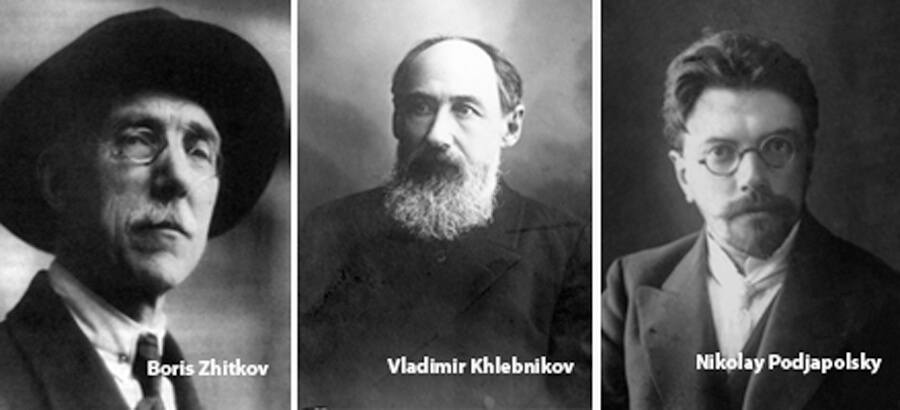
In 1912 a scientific expedition from the Zoological Museum of Moscow University, led by Professor Boris M. Zhitkov, visited the Volga delta. Their report described the extreme plight of the delta’s fauna. Preservation of the nature of the delta became an urgent necessity. At a 1913 meeting of the Astrakhan Society of Hunters, Vladimir A. Khlebnikov urged the establishment of a reserve in the delta where hunting would be prohibited. The proposal was not approved for obvious reasons. By 1915, Vladimir Khlebnikov was head of the Petrov Society of Astrakhan Regional Researchers, and in that position he continued to urge the creation of a strictly protected area in the Volga delta. When Astrakhan State University was founded in 1918, this proposal was approved at one of the first meetings of the Academic Council.
The idea of creating a reserve was supported by Nikolai N. Podyapolsky, head of the Education Department of the higher school. He went to Moscow to present a project to establish a reserve in the Volga delta. This project was approved, and a federal government decree was issued mandating nationwide conservation of nature and providing for the creation of protected areas in Soviet Russia. Astrakhan Reserve became the first of those reserves to be organized following the October 1917 Revolution.
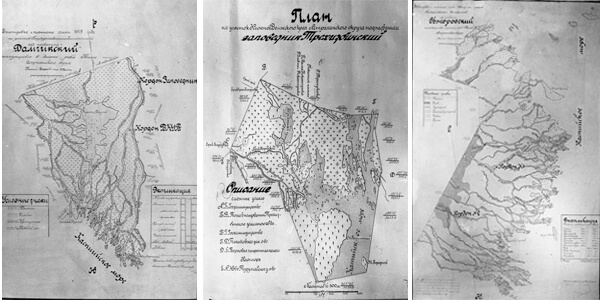
The first area of the reserve to be created was the Trekhizbinsky section, in the central part of the Volga delta. Next came Damchiksky in the western and Obzhorovsky in the eastern delta. The stated main purpose of the reserve was “to preserve untouched areas of virgin nature in the delta, with their characteristic flora and fauna.” This marked the beginning of the difficult struggle against poaching. Thanks to protective measures, by 1936 many species of birds were recovered which had been thought extinct in the Volga delta. This was confirmed by the results of a new expedition led by Dr. Boris Zhitkov of the Zoological Museum of Moscow University. Today, Astrakhan Reserve provides habitat for more than 300 species of birds and 40 species of mammals, of which 55 bird and two mammal species are listed in the Red Book of the Russian Federation.
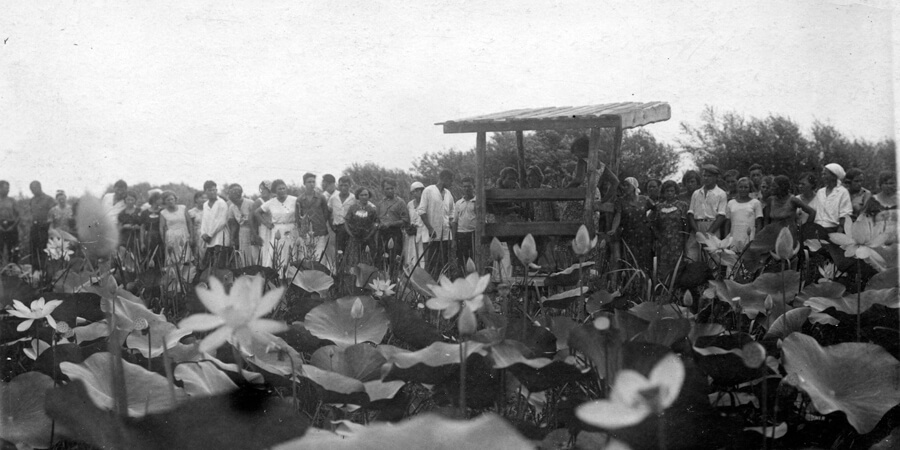
From its inception Astrakhan Reserve devoted much attention to educational work with local inhabitants. Guided tours were organized for children and adults, in the course of which reserve staff talked about endemic plants, birds and animals, emphasizing each person’s duty to protect nature.
Efforts to combat poaching have also proved fruitful: waterfowl numbers have increased many times, and population abundance of wild boar has been maintained. During hunting seasons animals and birds from adjacent territories have been observed moving to Astrakhan Reserve, where they feel safe under reliable protection. Establishment of the reserve led to the restoration of its nature. White herons, which had become almost extinct by the beginning of the 20th century, recovered to the point where there are now more than 5,000 pairs nesting in the delta. Swans, which had disappeared from the Volga delta, were observed in 1938 nesting in the reserve after a long absence. Today more than 5,000 pairs of swans live in the delta. When the reserve was established lotus occupied less than one acre; today they cover more than 7,500 acres.
Present Day
Currently, Astrakhan Reserve consists of three parts: Damchiksky in the western delta, Trekhisbenka in the central part, and Obzhorovsky in the east. The overall area of the protected territories, including buffer zones, is about 250,000 acres.
Today the Volga delta is one of the most important stopovers on the Eurasian continent for massive numbers of migrating birds. The reserve has been designated as a Wetland of International Importance under the RAMSAR Convention.
Each year tourists from all over Russia visit the Volga delta to experience its unique wild beauty. Guests from Europe, Great Britain, America and Asia return repeatedly here with great enthusiasm.
I
